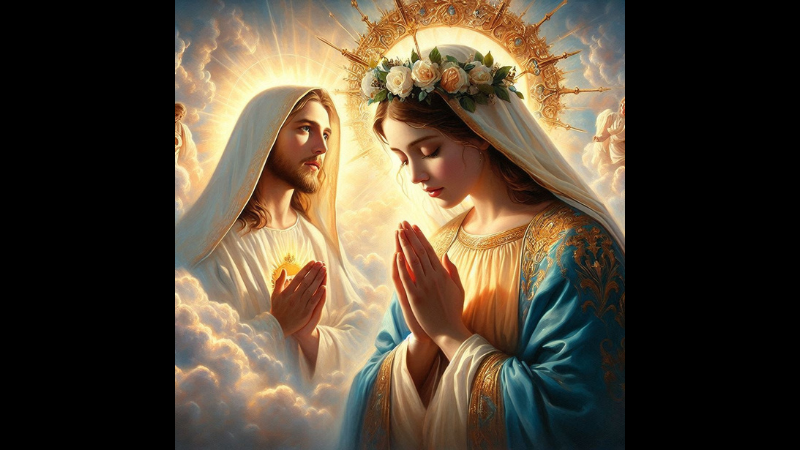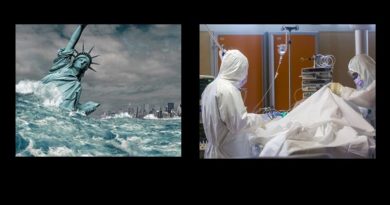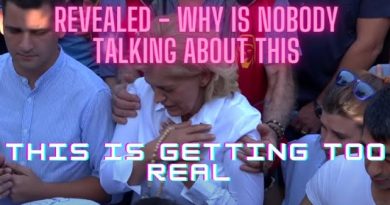The Vatican’s dramatic approval for the Medjugorje devotion
The Vatican’s dramatic approval for the Medjugorje devotion—extraordinary in that the apparitions allegedly are still ongoing—is the strongest thus far as the tenth in a series of official declarations since new norms for discerning mysticism were introduced in January. It is the most active participation of Rome in Catholic mysticism in memory.
+
The decision by the Dicastery for the Doctrine of the Faith, with the Pope’s express approval, included not just a Nihil obstat for the general theme and messages (currently the highest level an apparition can attain, short of the Pope making his own declaration on supernaturality), which as such is an authorization of public devotion, but a nulla osta or overall certification that the apparition does not contradict Church teaching; thus the Vatican’s “note” on the apparitions constituted not just acceptance but an invitation for the faithful to visit the site or follow its messages, in accordance with the first week of occurrences there in late June of 1981, and for local ecclesial authorities to promote it.
+
We encourage all to carefully read the document [full text here].
+
The Vatican Note makes clear at repeated junctures that the events and pilgrimages should not center around seers. “It is important to clarify from the outset that the conclusions of this Note do not imply a judgment about the moral life of the alleged visionaries,” said the Vatican news release. “Additionally, when recognizing an action of the Spirit for the good of the People of God ‘in the midst of” a spiritual experience, present from its beginnings until now, we should remember that the charismatic gifts (gratiae gratis datae) that may be connected to that experience do not necessarily require those involved to have moral perfection.’” Clearly, the Vatican found some troubling characteristics with one or more of the six seers.
+
Intriguingly, the Note establishes the special Apostolic Visitor or papal envoy for the parish of Medjugorje as the one who will “discern any future messages—or past messages that have not yet been published—and should authorize them before any publication.” The intrigue: whether the current visitor, Archbishop Aldo Cavalli, authorizes release of the monthly message, the next of which would normally come out next week (September 25).
+
Intriguing also, at the press conference releasing the Note, Cardinal Manuel Fernandez, prefect of the Dicastery for the Doctrine of the Faith, mentioned that he hadn’t met the alleged visionaries (“alleged” being an adjective repeatedly used), but once the notification was ready, had sent a letter to each of the six individuals offering some “suggestions” for the future. He didn’t provide any additional information on what those suggestions might entail. (Always obediently adhere to what the Church discerns and advises.)






